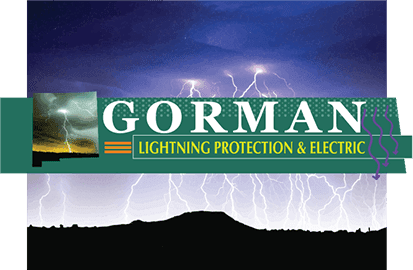Storms bring with them dust, wind, flooding, and lightning. While lighting storms are known to cause power outages, they can quickly become dangerous hazards for those not prepared. The most basic method of staying safe during a storm, or any outage for that matter, is to stay indoors. Besides this, there are many additional safety tips.
Let’s have a look, shall we?
What To Do If Faced With A Downed Power Line?
We cannot stress enough the importance of steering away from downed power lines and trying to move them out of way. You should keep at least a hundred feet away from these downed power lines as electricity in them may have the capacity to travel through the ground.
When you see anything of the sort, you should call 911 right away and report the location. The area’s fire and police departments along with the SRP will take the necessary measures to handle the situation with the appropriate precautions.
If a power line falls on your car, then you should stay inside the car until the professional you contacted arrives at the location. However, if you see your vehicle has caught fire, then avoid contact with the car as much as possible and jump out of the car making sure you land on both feet.
This both feet on the ground stance is necessary because it improves the odds of electricity entering your body from one foot and out of the other. Any other stance would mean electricity can enter your body at a dangerous rate. Once you’ve achieved the stance, keep hopping away from the vehicle until you are at a safe distance of a hundred feet.
Safety Tips for Indoors and Outdoors
No place can be classified as absolutely safe from the threat of lightning. However, some places are much safer than others.
It is recommended to find shelter during a lightning storm in a motor vehicle with the windows closed or in a substantial building. This is because large and enclosed structures have been found to be safer than smaller and open structures.
If you are indoors, then you should avoid using a telephone, washing your hands, taking a shower, being in contact with conductive surfaces, and doing your dishes. If you plan to be in your vehicle, then you should know they tend to be a good shelter against lightning storms if their windows are rolled up. You will still have to try and avoid contact with conductive or metal surfaces inside these vehicles.
While keeping all of these safety tips in mind, you should also know the threat of lightning diminishes after the last sound of its thunder but can persist for more than thirty minutes. These threats can even persist if the lightning storm is not directly overhead or when it is not raining.
We are here to help you be safe. Now you know you have better chances of being responsible during a lightning storm. Stay safe, and stay indoors!


